News Source: Indian Express
News Source: The Indian Express
News Source: The Hindu
News Source: The Hindu
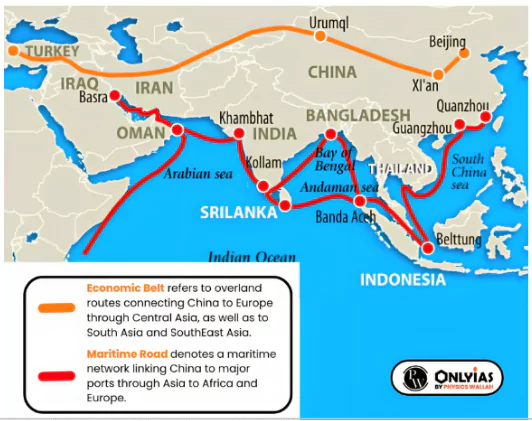
News Source: The Hindu
United Nations Framework Convention on Climate Change (UNFCCC):
|
|---|
News Source: DTE

Project SATH-E: Aims and Selection
|
|---|
News Source: Hindustan Times
Economic Advisory Council (EAC-PM)
|
|---|
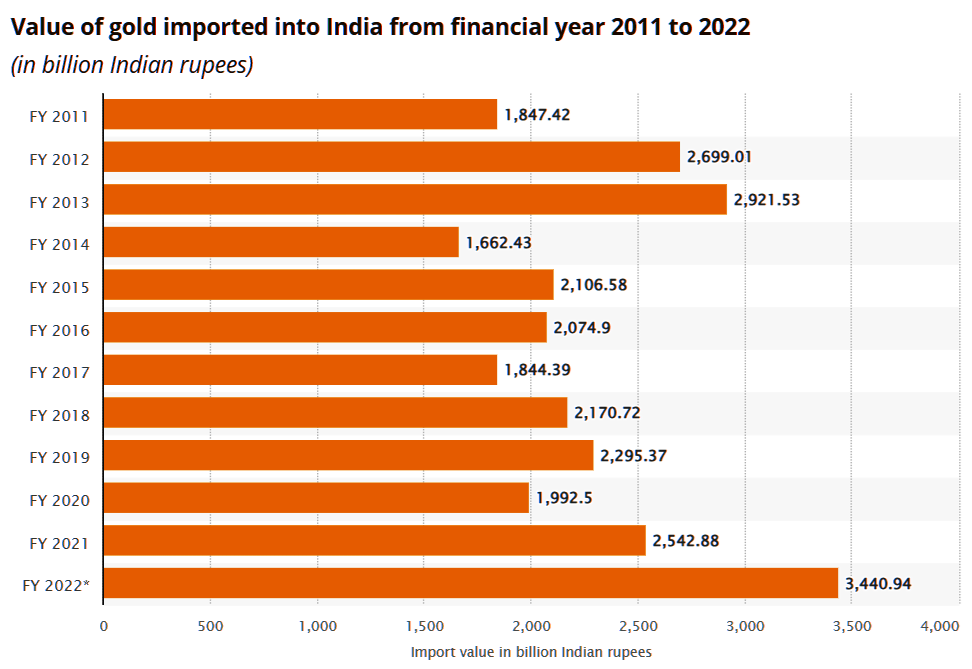
News Source: Economic Times
About Global South:
|
|---|
Also Read: Global South Summit
News Source: DTE
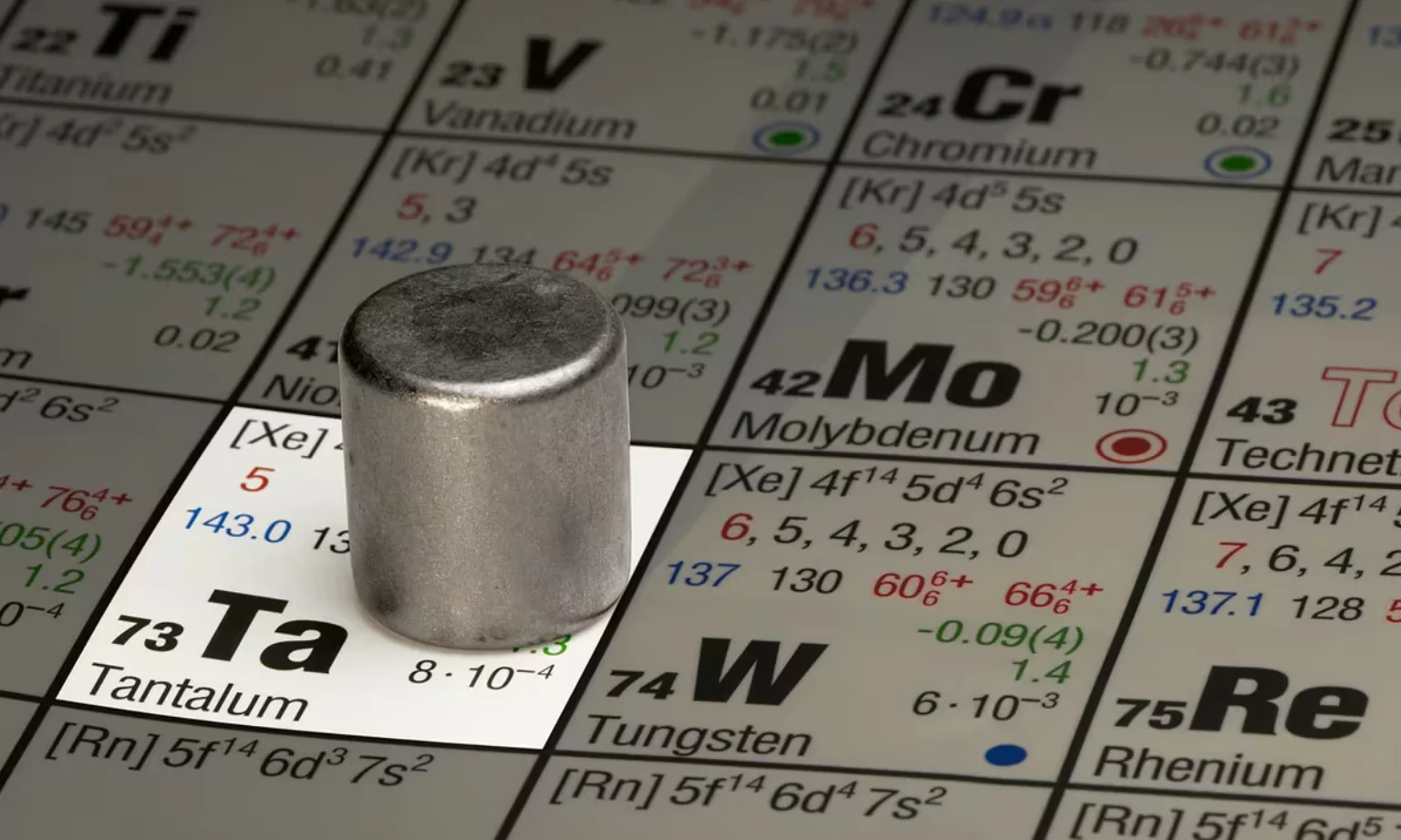
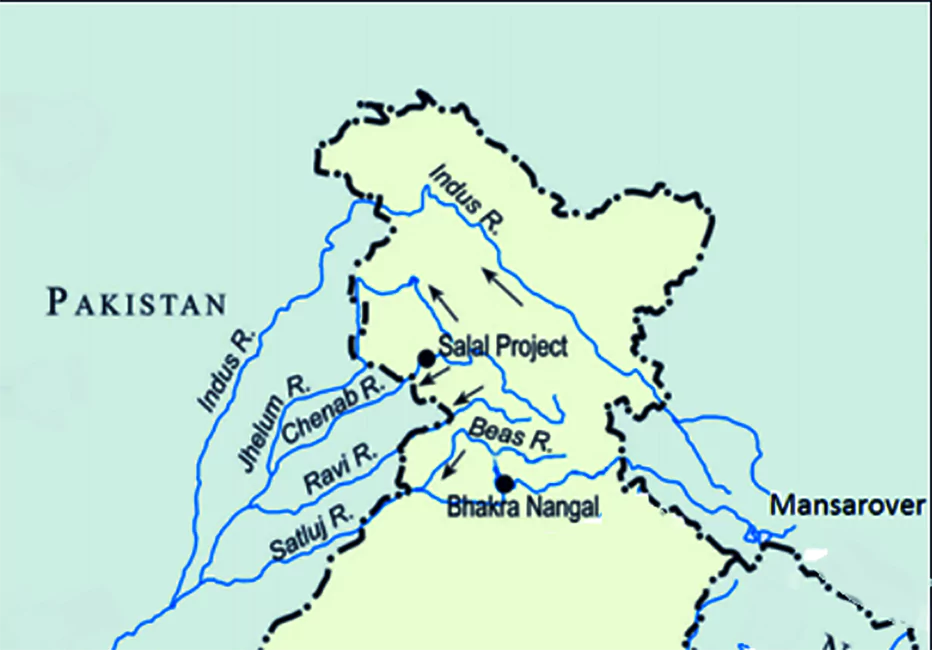
Subject: IE
Ultra Small Form Factor devices:
|
|---|
Which sectors are targeted under the PLI Scheme?
|
|---|
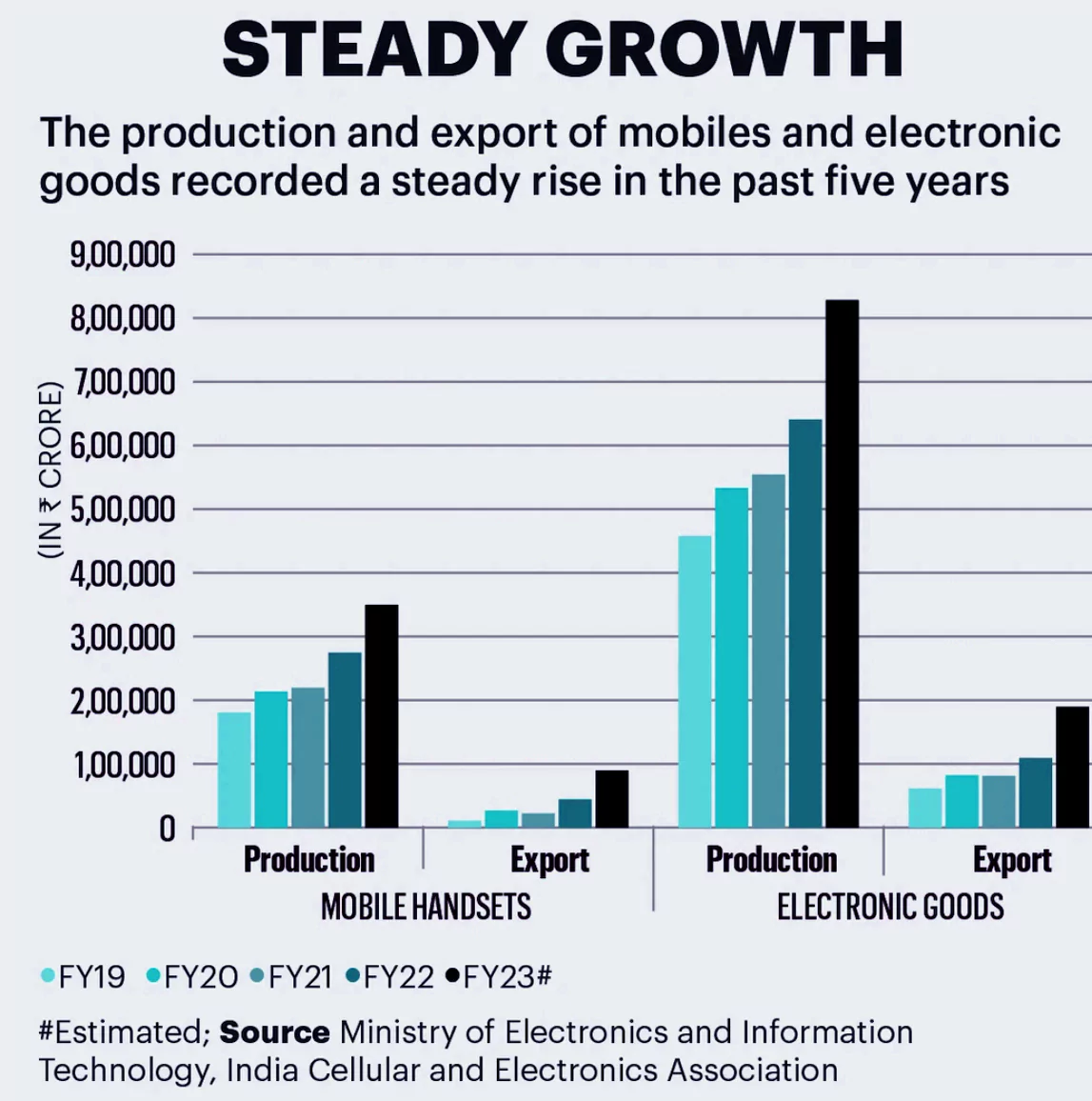
The PLI scheme has boosted sectors like IT hardware and smartphones, but challenges like limited focus on value addition and complexity in implementation need attention for sustained success in India’s manufacturing growth.
| Mains Question: Evaluate the success of the production-linked incentive scheme’s in the electronics sector, its impact on job creation, and economic growth. (15 Marks, 250 Words) |
|---|
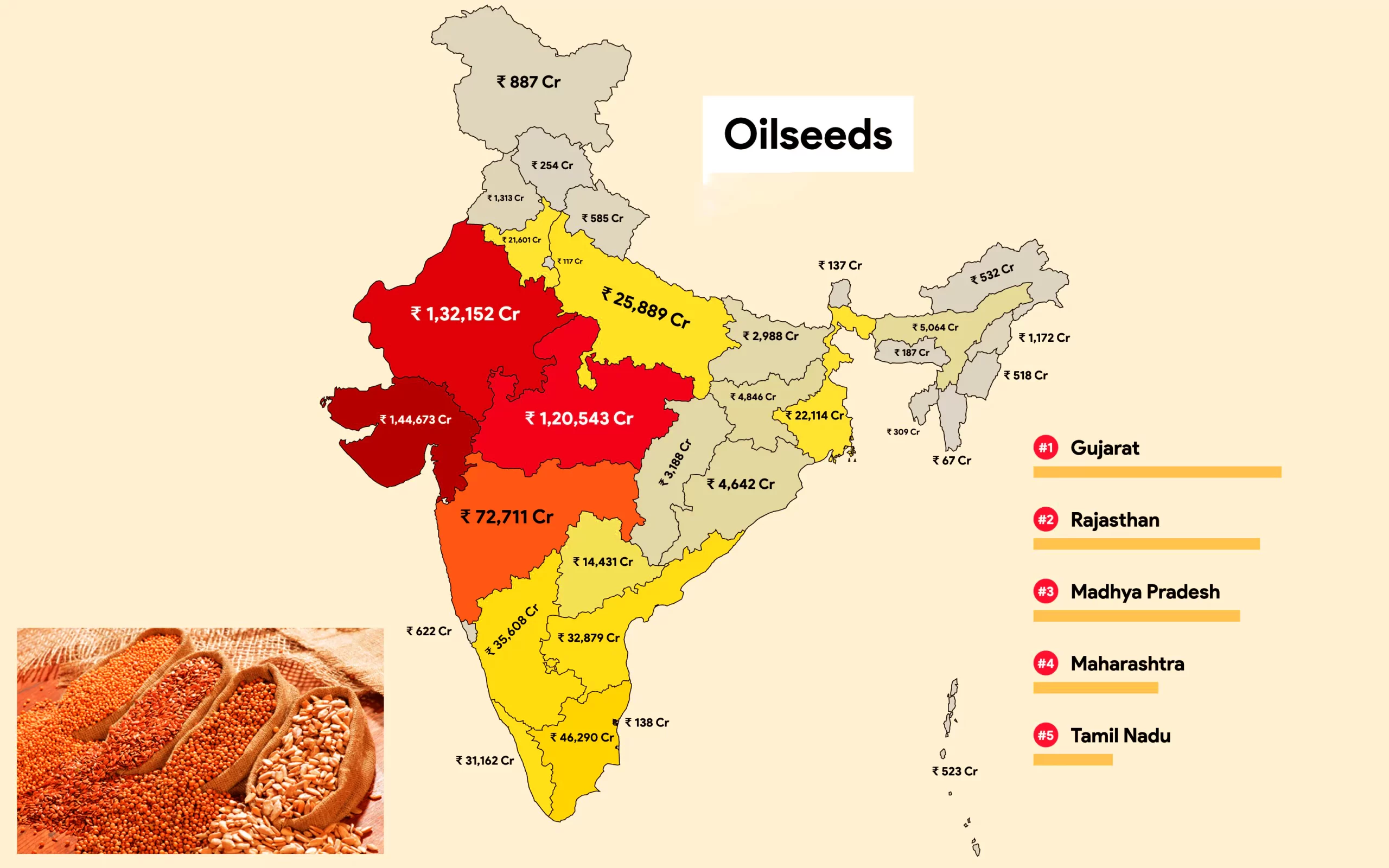
| Oilseeds Cultivation in India:
Ground Nut:
Linseed:
|
|---|
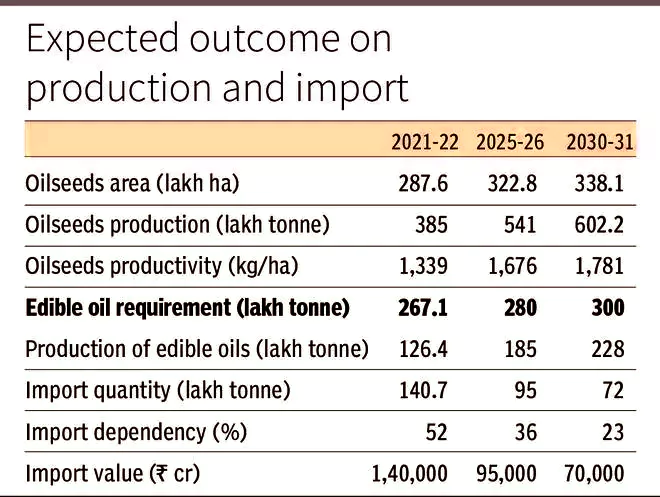
Why is India so dependent on imports?
|
|---|
Government’s Efforts:
|
|---|

India’s increasing reliance on edible oil imports calls for urgent measures such as improving productivity, and infrastructure, diversifying cultivation, and forming strategic partnerships to enhance food security and reduce dependence on global markets.
| Prelims Question (2018)
Consider the following statements: 1. The quantity of imported edible oils is more than the domestic production of edible oils in the last five years. 2. The Government does not impose any customs duty on all imported edible oils as a special case. Which of the statements given above is/are correct? (a) 1 only (b) 2 only (c) Both 1 and 2 (d) Neither 1 nor 2 Ans: (a) |
|---|
<div class="new-fform">
</div>